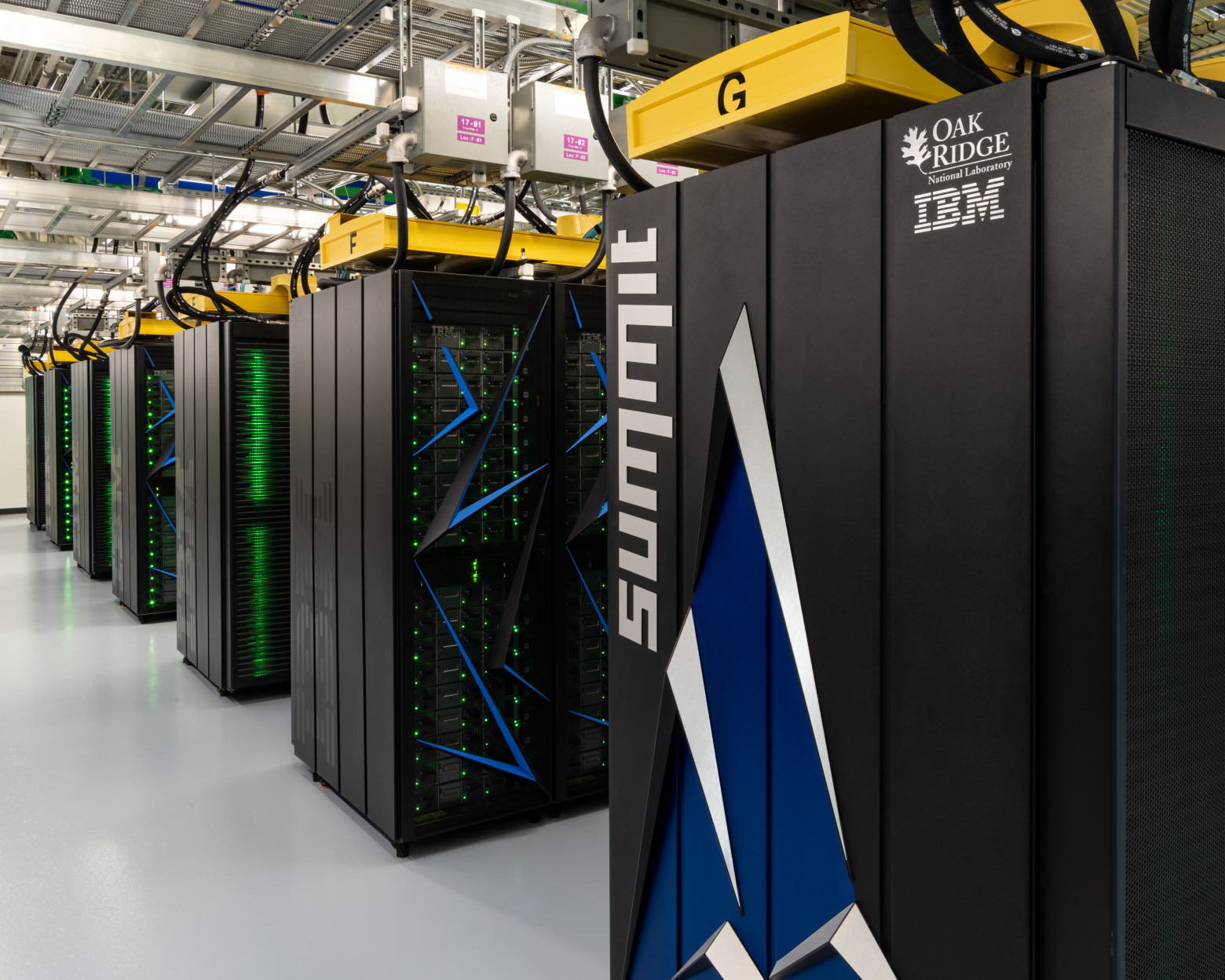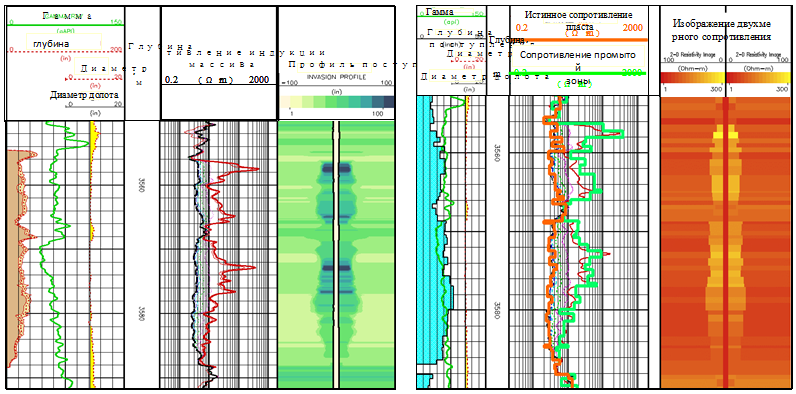
HPC4 Supercomputer at Green Eni Data Center , Pavia Province, Italy
The customer is Eni, an oil company that already owns a Dell 18 HPF4 supercomputer. The new 52 Pflops system will be fully compatible with the previous model, so Eni will create a mini-cluster of two supercomputers with a total processing power of 70 Pflops, which is the most productive installation in the history of industry .
The new supercomputer will be assembled from 1820 server nodes Dell EMC PowerEdge C4140. On board each will be installed two 24-core Intel Xeon Gold 6252 processors, as well as four NVIDIA V100 accelerators. It is planned to use InfiniBand HDR as an interconnect. A network with a non-blocking topology will be built on Mellanox solutions that operate at speeds up to 200 Gb / s. The storage system will be serviced by an array of 15 Pbytes with an aggregate read-write speed of 200 GB / s.
The primary task of the new system is working with big data. The supercomputer will be mounted in Green Eni’s own data center, in which the existing HPC4 is already installed.

HPC4 Supercomputer at Green Eni Data Center , Pavia Province, Italy
According to the top500.org rating , in July 2019, the most powerful supercomputer was an installation from IBM based on the IBM Power System AC922 at 148.6 Pflops , but it was installed in the Oak Ridge National Laboratory and is used for scientific calculations, rather than in production. According to open sources, the laboratory since 1942 has been engaged in research in the following areas: materials science, neutron physics, energy, high-performance computing, system biology.

IBM supercomputer at Oak Ridge National Laboratory , University of Tennessee, USA
The most powerful supercomputer currently in operation belongs to the US government and is engaged in “scientific work”. The cluster of HPC4 and HPC5 from Dell, in turn, will belong to a private oil company and will deal with specific applications from the industry. The company itself says that new capacities will be aimed at solving the problem of deposits that are not recoverable at this stage of industrial development. We are talking about deposits in geologically unstable or impossible for safe drilling zones.
The request for work with Big Data from the oil business is a logical development of the entire sphere of hydrocarbon production, so the purchase of the most powerful computing units is quite predictable. All large oil companies in the world now need to analyze a large amount of data, build forecasts for drilling and exploration.
Almost all the leading oil companies are now actively investing in machine learning and big data processing systems: the level of progress makes it possible to take telemetry directly from the well, without the need for core extraction in the form of a column of rock.
Modern machine learning systems allow you to train the neural network to analyze and interpret the raw data obtained from the well, which offloads scientists and gives them the opportunity to work with a relevant data sample instead of looking at thousands of graphs. It is likely that the new cluster of HPC4 and HPC5 will be occupied precisely with the training and operation of the neural network, which will take over the initial analysis of telemetry from Eni drilling rigs.

An example of logging curves for several parameters
Neural networks also analyze the parameters of the field in a variety of parameters, from the depth to the intensity of radioactive radiation. However, until recently, the construction and analysis of logging curves was carried out manually by geologists. New industrial supercomputers and the analysis of big data using neural networks will remove this monotonous burden from scientists, which will allow them to use their strength and energy in other directions.